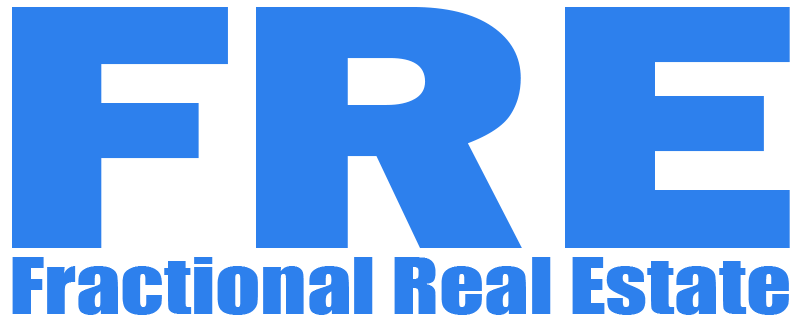Fractional ownership in real estate investing is rapidly gaining momentum. It involves owning a share of the property rather than the title to the whole asset. Such a model makes high-value real estate more accessible to people. However, like any other investment, it has its pros and cons.
Fractional Ownership Benefits
Several pros to fractional ownership make it especially interesting for investors. The key benefits are:
1. Lower Barriers to Entry
Fractional ownership gives investors the ability to own high-value properties without the need for a large amount of capital. This affordability opens real estate investment up to a much wider audience.
2. Diversification
In fractional ownership, investors can diversify their capital over several properties. The more diversified, the more the risk is reduced and the chance of returns increased. It is, thus, a smart way to build a robust investment portfolio.
3. Professional Management
Most of the fractional ownership properties are professionally managed. These firms take care of the maintenance, tenant relationships, and other operational tasks. Investors get a chance to earn in the form of passive income without getting into the hassles of property management.
4. Liquidity
Fractional ownership can offer more liquidity than traditional real estate. It allows an investor the possibility to easily sell their shares from the property. Such ease is helpful when one needs a release of their funds.
5. Shared Costs
All the costs concerning the property, such as maintenance, repairs, and property taxes, are shared among the co-owners. This sharing allows diminishing the financial burden for each particular investor independently.
Disadvantages of Fractional Ownership
While there are some advantages to fractional ownership, there are also a few disadvantages. The major disadvantages are as follows:
1. Limited Control
There is limited control over the property by the investors. The decisions about the property are usually collective or made through a management company. It usually becomes frustrating for some investors due to the lack of control.
2. Potential for Conflict
Co-ownership over a property can lead to disagreements. Conflicting ideas over the management, maintenance, and use of a property can lead to disagreements. It is, therefore, vital to have agreed-upon agreements.
3. Management Fees
Professional management comes with fees. These fees reduce the overall returns. An investor has to factor in such costs when evaluating the viability of their potential investment return.
4. Market Risk
Like any other real estate investment, fractional ownership is not immune to market risk. Property values can fluctuate, which would alter the value of your investment. It’s very important to consider the condition of the market before investing.
5. Exit Challenges
While fractional ownership does allow the ability to provide liquidity, selling a fractional share is not always so easy. Indeed, the market for fractional shares is much smaller compared with the traditional market; hence, buyers are relatively hard to find.
Conclusion
It’s a unique opportunity to have fractional ownership in real estate for investors. On the positive side, it has a low entry cost with diversified investments; it’s professionally managed, has easy liquidity, and shared costs. On the negative side, it has limited control over invested property, possible conflicts, management fees, market risks, and exit issues.
Investors must carefully balance these pros against the cons. It is highly critical and advisable to understand the terms of the fractional ownership agreement in particular and do detailed due diligence. Consulting financial advisors and real estate professionals will also be helpful in making valuable decisions.
Ultimately, fractional ownership can be a great addition to any investment portfolio. The participation of the investment in the real estate market is less capital-intensive and has reduced risks for investors. Knowing the pros and cons will, therefore, help investors make the right decisions and achieve maximum returns on their investments.


